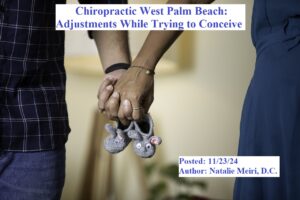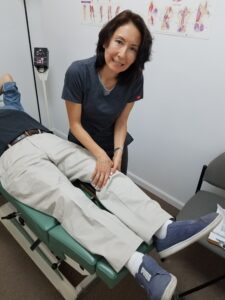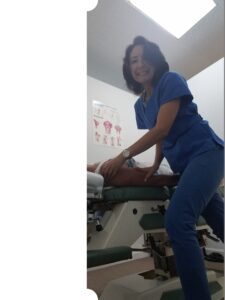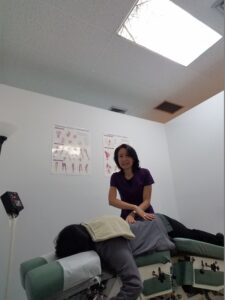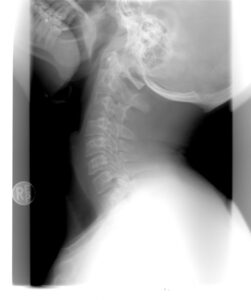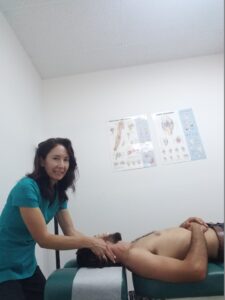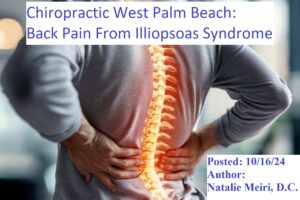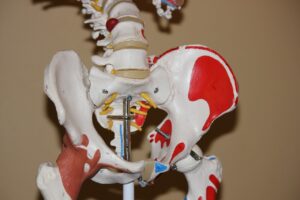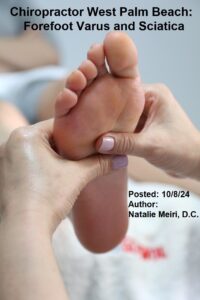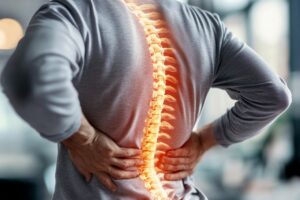and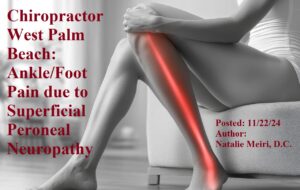
Do you have pain and burning over the outer border of the distal (closest to foot) calf and dorsum (top) of the foot and ankle? Perhaps you also have numbness and paresthesia (pins and needles)? These are all symptoms of superficial peroneal nerve entrapment and neuropathy.
If you are exercising, you may experience a loss of sensation or pain along the lateral calf. Additionally, swelling may occur locally in your foot. At other times, the pain may localize to a distal part of your leg. Read on to learn about Chiropractor West Palm Beach: Ankle/Foot Pain Due to Superficial Peroneal Neuropathy.
Chiropractor West Palm Beach: Ankle/Foot Pain Due to Superficial Peroneal Neuropathy: Causes
Runners involve the superficial peroneal nerve frequently due to repetitive stretching during inversion (turning sole of foot inwards) and plantar flexion (turning foot towards sole of foot), causing the nerve to push up against the fibula neck (top part of outer of 2 leg bones).
You may have had a lateral (side) ankle sprain. This may have also stretched and damaged the superficial peroneal nerve at the level of the fibular head (top of side leg bone). Similarly, a previous problem with this nerve may create a weakened peroneal muscle. And the peroneal muscle is essential for ankle positioning (especially for inversion) and stability. Next, this results in recurrent ankle sprains.
Other causes may be:
-prolonged knee crossing (especially if you have recently lost a large amount of weight)
-tight knee band or cast
-repetitive trauma
-ganglions, cysts, or tumors

Anatomy of the Superficial Peroneal Nerve
Firstly, the superficial peroneal nerve originates from the common peroneal nerve along with the deep peroneal nerve. The superficial peroneal nerve is the smaller of the two common peroneal nerve branches.
Secondly, the common peroneal nerve arises from spinal nerves L4 through S1. Furthermore, the common peroneal nerve branches out from the sciatic nerve, which is composed of fibers from spinal nerves L4 through S3.
Third, the sciatic nerve terminates at the popliteal fossa of the knee. It divides into the common peroneal and tibial nerves as it wraps around the top of the fibular bone.
Fourth, after separating from the common peroneal nerve, the superficial peroneal nerve courses through the peroneus longus muscle. The superficial peroneal nerve provides motor stimulation to the peroneus longus and peroneus brevis muscles (group of muscles that run along the outside of the lower leg and attach to the bones of the foot).
Fifth, the superficial peroneal nerve leaves the peroneal muscles on the anterolateral (front and side) aspect of the lower leg above the ankle joint.
Sixthly, the medial and intermediate dorsal cutaneous nerves appear from the superficial peroneal nerve. And these nerves provide sensory innervation to the leg’s anterolateral aspect, the dorsum (top) of the foot, and the dorsal (top) aspect of the toes, except the 1st interdigital space (between toes), which is innervated by the deep peroneal nerve.
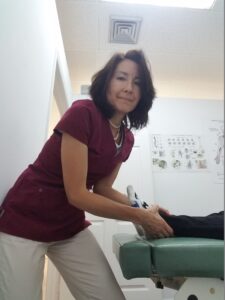
Chiropractor West Palm Beach: Ankle/Foot Pain Due to Superficial Peroneal Neuropathy-Examination
Usually patients are diagnosed by the physical (orthopedic, neurological etc.) examination. Sites of possible entrapment of the superficial peroneal nerve located during your exam could include: deep fascia of leg, extensor digitorum longus muscle and extensor hallucis longus muscle (lower leg muscles that move the foot and big toe), superior and inferior extensor retinaculum (thickened fascia located at the ankle joint).
However, your doctor may order a nerve conduction study in a difficult unremitting case. Often, you may also need an x-ray.
Treatment at Meiri Chiropractic for Superficial Peroneal Nerve Pain
First, soft tissue techniques will be rendered to the contracted fibrotic muscle, fascia and collagen at entrapment/dysfunctional sites. Second, chiropractic adjustments (chiropractic manipulative therapy) to the foot, ankle, leg, knee and associated restricted joints along the kinetic chain is important.
Third, therapeutic exercise will be given for stretching and strengthening.
Lastly, if trauma or swelling is involved, ice, compression, elevation, and physical therapy modalities are utilized to reduce swelling.
Are your suffering from leg, ankle or foot pain from Superficial Peroneal Neuropathy?
We offer excellent Chiropractic care for Superficial Peroneal Neuropathy. At Meiri Chiropractic, we spend the time necessary to examine, diagnose and treat every neuromusculoskeletal condition and various ailments you have. Indeed, Chiropractic is a holistic and natural way to not only treat leg, foot and ankle pain, but to keep your body in its best working condition. We have been offering effective chiropractic care in West Palm Beach since 2006. Many of our patients reviews note our excellence. Call us today at 561-253-8984 to make an appointment or to find out more about Chiropractor West Palm Beach: Ankle/Foot Pain due to Superficial Peroneal Neuropathy.
